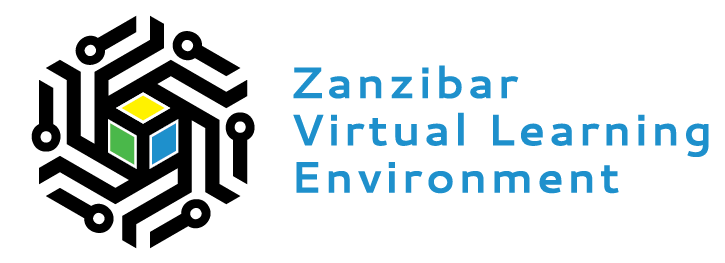What exactly is energy? How can changes in force, energy, and simple machines move objects like roller coaster cars? How can machines help us do work? In this chapter, you will discover the answer to this question and many more, as you learn about work, energy, and simple machines.
saac Newton (1642–1727) was a natural philosopher; a great thinker who combined science and philosophy to try to explain the workings of nature on Earth and in the universe. His laws of motion were just one part of the monumental work that has made him legendary. The development of Newton’s laws marks the transition from the Renaissance period of history to the modern era. This transition was characterized by a revolutionary change in the way people thought about the physical universe. Drawing upon earlier work by scientists Galileo Galilei and Johannes Kepler, Newton’s laws of motion allowed motion on Earth and in space to be predicted mathematically.
This section introduces you to the realm of physics, and discusses applications of physics in other disciplines of study. It also describes the methods by which science is done, and how scientists communicate their results to each other.
Physics is a branch of science. The word science comes from a Latin word that means having knowledge, and refers the knowledge of how the physical world operates, based on objective evidence determined through observation and experimentation. A key requirement of any scientific explanation of a natural phenomenon is that it must be testable; one must be able to devise and conduct an experimental investigation that either supports or refutes the explanation. It is important to note that some questions fall outside the realm of science precisely because they deal with phenomena that are not scientifically testable. This need for objective evidence helps define the investigative process scientists follow, which will be described later in this chapter.
The beauty of a coral reef, the warm radiance of sunshine, the sting of sunburn, the X-ray revealing a broken bone, even microwave popcorn—all are brought to us by electromagnetic waves. The list of the various types of electromagnetic waves, ranging from radio transmission waves to nuclear gamma-ray (γ-ray) emissions, is interesting in itself.
Even more intriguing is that all of these different phenomena are manifestations of the same thing—electromagnetic waves (see Figure 15.1). What are electromagnetic waves? How are they created, and how do they travel? How can we understand their widely varying properties? What is the relationship between electric and magnetic effects? These and other questions will be explored.
In this chapter, you will learn why it is important to identify a reference frame in order to clearly describe motion. For now, the motion you describe will be one-dimensional. Within this context, you will learn the difference between distance and displacement as well as the difference between speed and velocity. Then you will look at some graphing and problem-solving techniques.
As a student, you'll encounter vast amounts of information. Beyond academic material, you must process and interpret news, instructions, communications, and a wealth of other data. You'll also need to separate fact from opinion, and understand the quality of sources. The stronger your reading capabilities, the more efficiently and effectively you can turn information into knowledge.
By the end of this unit you will be able to:
- Define and use the trigonometric ratios of cosθ, sinθ and tanθ.
- Calculate the trigonometric ratios in each quadrant of the Cartesian plane.
- Calculate the value of expressions containing trigonometric ratios.
By the end of this unit you will be able to:
- Identify different types of triangles.
- Investigate the relationship between the sides of a right-angled triangle to develop the Theorem of Pythagoras.
- Use the Theorem of Pythagoras to find missing lengths in right angled triangles.
Students learn about two-axis rotations, and specifically how to rotate objects both physically and mentally about two axes. A two-axis rotation is a rotation of an object about a combination of x, y or z-axes, as opposed to a single-axis rotation, which is about a single x, y or z-axis. Students practice drawing two-axis rotations through an exercise using simple cube blocks to create shapes, and then drawing on triangle-dot paper the shapes from various x-, y- and z-axis rotation perspectives.
An interactive lesson discussing congruent triangles.


